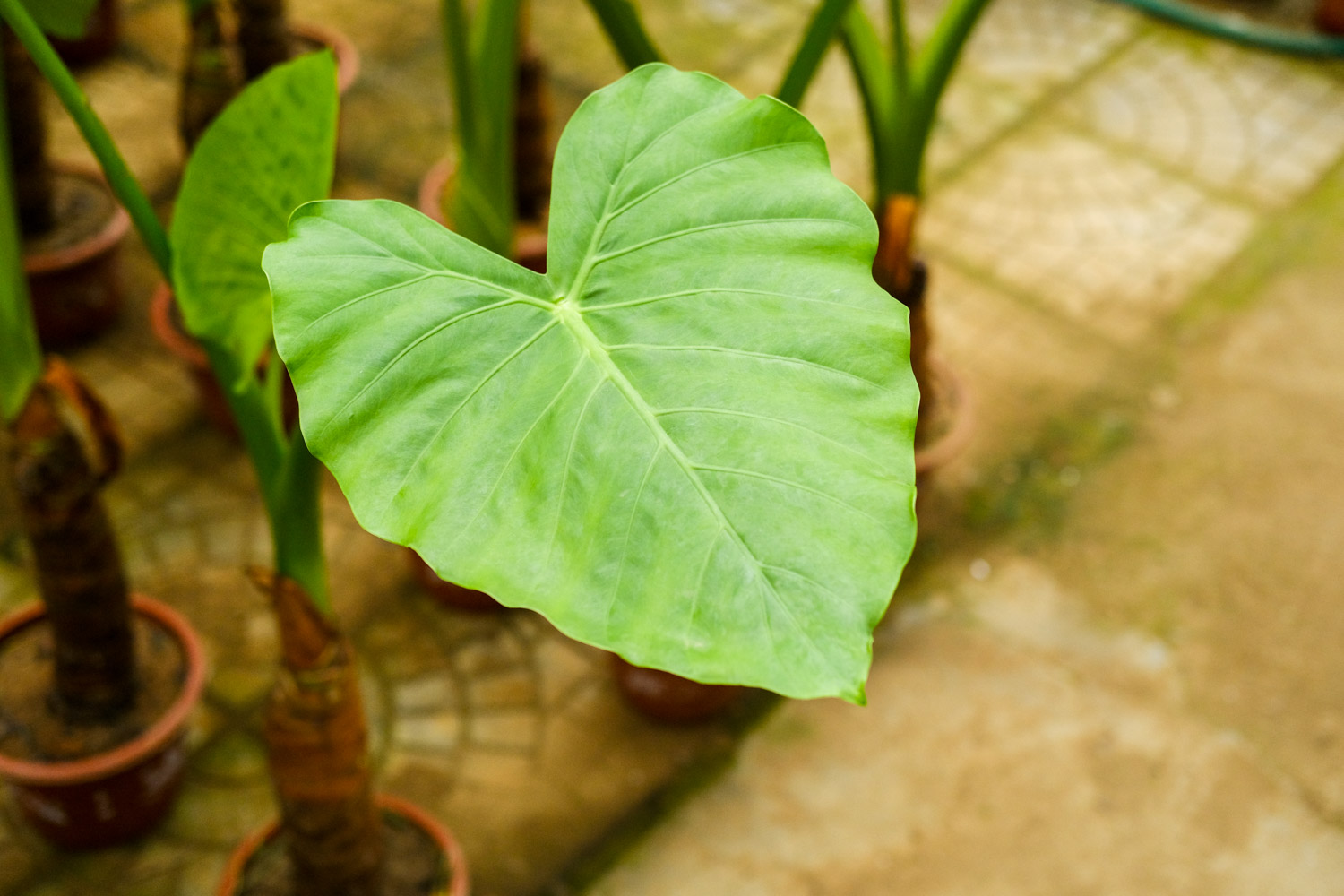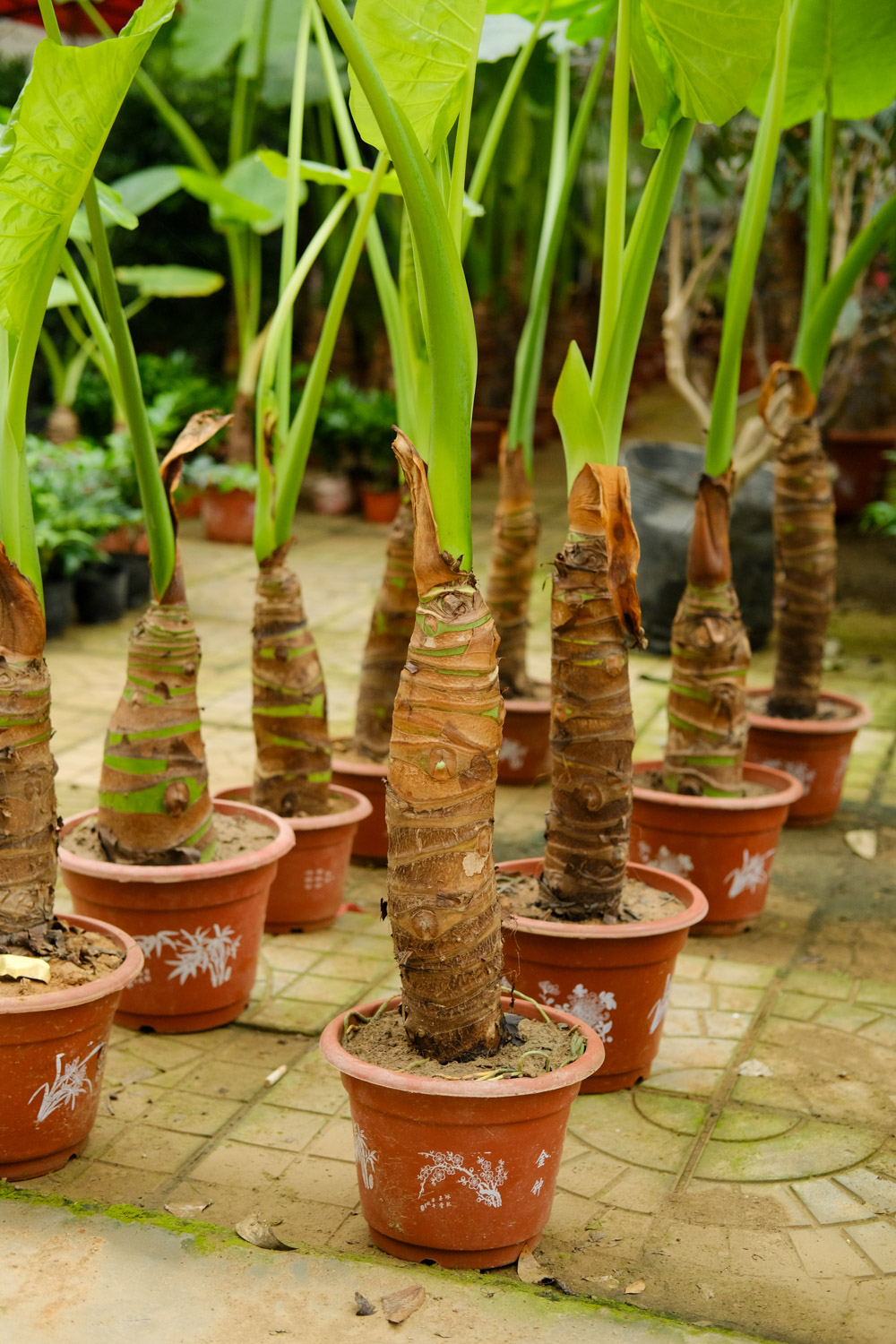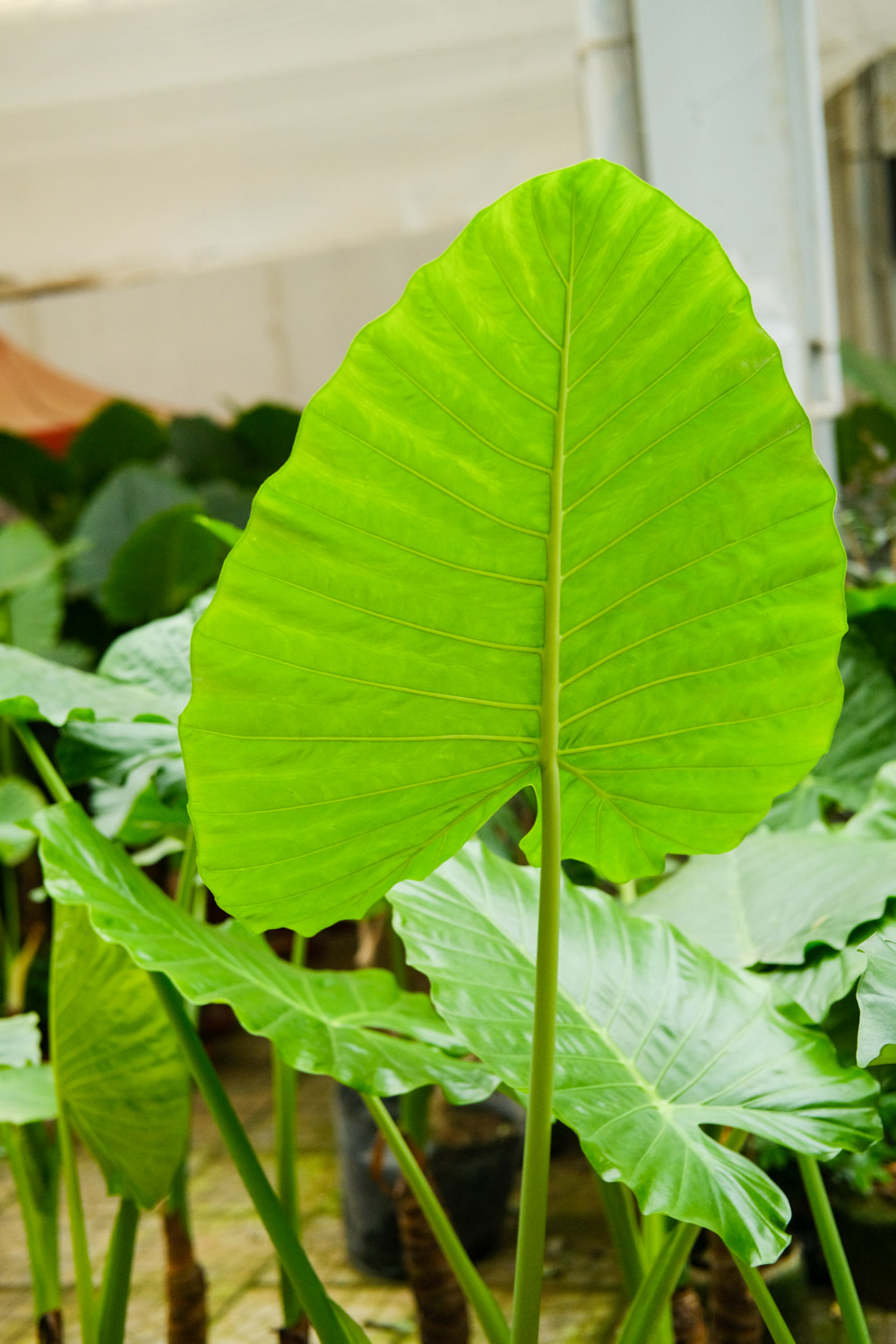1、 Breeding method
1. Soil: it likes the soil with good air permeability. The prepared flower soil must be loose. Do not use the soil with large viscosity, otherwise it will accumulate water. Moreover, it should be noted that the basin should be changed once in about two years, and the basin soil should be changed every year if necessary

2. Temperature: the proper temperature of the breeding environment is also very important. The suitable temperature is 20-25 ℃, which is the temperature range that makes it grow faster. It is not cold resistant. Therefore, when the temperature is lower than 18 ℃ in winter, it will enter the state of suspended growth. In winter, it must not be lower than 5 ℃
3. Watering: dripping Guanyin has certain requirements for water. It likes sufficient water. Therefore, when the weather is muggy, it should spray more water on the leaves, so as to make the air humidity higher. If you usually water, you can water it once a day or two, and you don't need to water it too often

4. Sunlight: it likes semi shade. It can't be directly exposed to sunlight during breeding. Therefore, it's best to have something to block the sunlight in the maintenance position, such as under the windowsill. It is best to provide some astigmatism to the plant. It must be placed in a cool environment in summer
2、 Picture appreciation




 jackfruit
jackfruit snake plant
snake plant hibiscus
hibiscus hydrangea
hydrangea lavender
lavender Green roses climb al...
Green roses climb al... If you don't pay att...
If you don't pay att... Management of four g...
Management of four g...
































